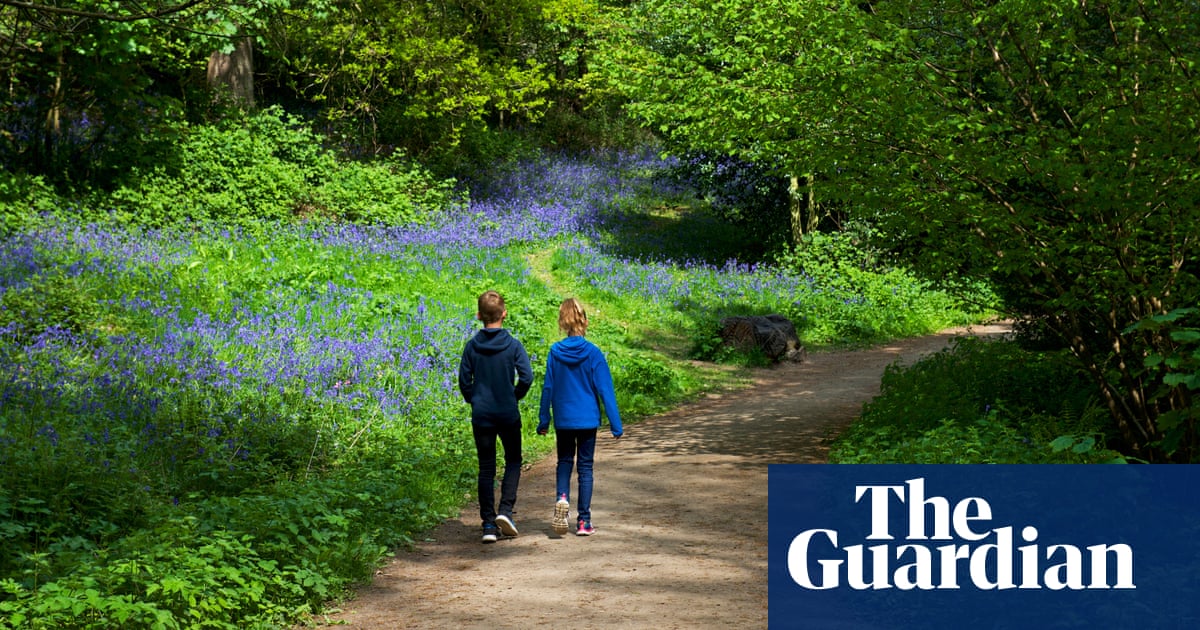Oh dear did they realise they’d already signed up to 15 minute cities before using the term in the culture war?
Well there is a reason the first city that trialled the 15 minute thing was in a Tory council area. That way they could couple it with making things terrible for cars, while not sufficiently providing public transport as a replacement. All of a sudden, what would only be a good social development providing more services nearby (that might also hamper large business’ control of retail markets) now became associated with something generally harmful to common people.
All a 15 minute city is supposed to achieve is sufficient access to general things (eg small shops and parks) spaced frequently enough for pedestrians with infrastructure (segregated paths) to safely travel between. It’s literally just the culmination of professional city planning philosophy. That doesn’t even mean cars need to have reduced access, just that their priority would be inherently lower - you wouldn’t need them as much. However, they structured the trials to portray it as something else. It’s basically what they did with the AV referendum, which is construed as support for the FTPF system.
The hilarious thing is that they weren’t even successful. The botched implementation of Oxford as 15 minute city was still objectively better. It was extended, until a Tory councillor axed it.
It seemed extremely suspicious to me at the time they required councils to do ltns or lose funding.
Even with all that has happened I still find it easier to believe different people in government had different goals, but I can’t disagree it looks a lot like forcing councils to do something they can use to mobilise their base.
That seems like kind of an odd commitment. I mean, a canal – which apparently counts, based on the article text – doesn’t really seem like much of an alternative to a park, which also counts. Most of the things one might do in one aren’t really things that one might do with the other.
And why is it specifically a walk? I can see “within N minutes of” being a metric for how hard it is to reach it, but surely if someone can bicycle or drive or whatever, it’d be about as accessible. I used to live within walking distance of a beach, but we tended to drive to another that was nicer and more-convenient.
This is the best summary I could come up with:
Ministers have also scrapped an idea to make the target for access to nature legally binding, a freedom of information request submitted by the Right to Roam campaign shows.
But in response to a freedom of information request, the Department for Environment, Food and Rural Affairs said: “No assessment has yet gone to ministers on options for how to progress towards the commitment.”
The documents reveal that the government rejected the idea of making the target legally binding, meaning it does not have to fulfil its promise.
Guy Shrubsole, from the Right to Roam campaign, said: “A year after making their access commitment, ministers still have no idea how on earth to meet it.
And having rejected setting a legal target for increasing access, the government is clearly only interested in spinning good headlines rather than improving the nation’s health and wellbeing.
“Work is ongoing to develop an approach to monitoring and evaluating our vital commitment that every household should be within a 15-minute walk of a green space or water.”
The original article contains 424 words, the summary contains 171 words. Saved 60%. I’m a bot and I’m open source!
I’m interested where this 38% are? I’ve lived mostly in cities and there’s always some sort of green space within 15 minutes. Obviously rural people are sorted. Is this small modern towns?




